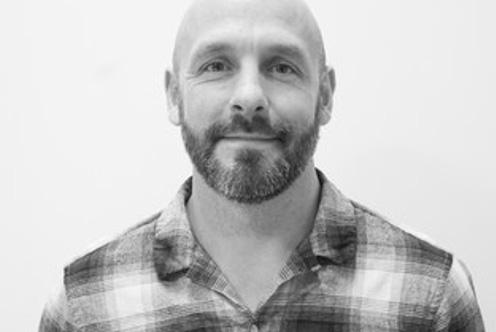Strategists need to be better doctors to prescribe better media medicine

Opinion: Strategy Leaders
If we really want to get tasked with solving problems rather than delivering prescribed outputs, then we need to get much, much better at diagnosing problems. But how, asks Havas Media’s strategy head.
Pilots are taught the one-in-60 rule when they learn to fly. It states that after 60 miles, a one-degree error in the direction of travel will result in straying off course by one mile. 1-in-60 might not sound like much, but it can have devastating consequences in flight – and sadly there are numerous such instances.
Thankfully our industry rarely deals in life and death, but we do talk a lot about outcomes. And the analogy of the one-in-60 rule illustrates that plotting the wrong course can significantly impact the desired outcome. However, I would stretch the analogy further still and suggest that it is not just important to get the direction of travel right but also to ensure that the starting point is clear in the first place. In our industry, that means getting the brief right — or more specifically, diagnosing the problem correctly.
WARC’s ‘The Future of Strategy 2022’ asked 708 strategists what they believe to be the biggest opportunities for strategists and planners in the next 12 months. ‘Working on upstream business problems’ topped the list with 49% in agreement, up from 39% in 2021. Addressing business problems might be the future but we’re a long way off this being the norm. This suggests two important things:
1. Agencies that can break out of their disciplinary lanes and get their teeth into bigger problems than ad briefs, media briefs and so on, will remain outliers for the foreseeable future and that this can derive competitive advantage.
2. Clients that welcome creativity and communications expertise early into problem definition prior to the delivery of disciplinary solutions might themselves derive competitive advantage by starting from a different place.
Praxis makes perfect
I believe this presents a massive opportunity for strategists to break their legacy service model, elevate their craft, and create fresh value for their organisations. If we really want to get tasked with solving problems rather than delivering prescribed outputs, then we need to get much, much better at diagnosing problems. But how?
Last summer, I read about the Cynefin Framework in JP Castlin’s excellent Strategy in Praxis newsletter. Dave Snowden developed it to help leaders better understand problems and to make decisions in context. It draws on research into systems theory, complexity theory, network theory and learning theories. It is simple, clear and potent.
By distinguishing different domains in which people operate and relate to problems — clear, complicated, complex, chaotic and confusion — it recognises that problems are diverse in nature and that our consequent actions need to match the reality we find ourselves in through a process of ‘sense-making’. This makes people aware of what is really complex — and what is not — and respond accordingly so that no energy is wasted in overthinking the routine, but they also never try to make the ‘complex’ fit into standard solutions.
The framework allows for problems to be diagnosed, decisions to be made and actions taken that create the conditions for change. And as Martin Weigel has explained on Fergus O’Carroll’s On Strategy Podcast, change should be the currency of strategy.
Thinking radically about problems
Thinking about problems in this way excites me about the future direction of strategy for me, my team and our role within Havas Media Group. It elevates strategy and crystallises a series of beliefs and critical behaviours.
My beliefs:
>> Strategy is vital. Problem definition is the essence of strategy. By focusing energy on diagnosing problems better then strategy can be a catalyst for change and fresh momentum in agencies.
>> Everything communicates. One of Naked’s old truths is revitalised. It makes no sense widening the aperture of the problem without also widening the potential canvas of the solution. We must be bold and think big.
>> Diversity is a strength. Problems will look different from different perspectives. To make decisions in context, we must embrace diverse perspectives such that their voices are not just heard but acted upon.
And my critical behaviours:
>> Strategy must provide the energy to challenge conventions and accepted wisdoms and to direct teams of people in fresh directions, nurturing psychological safety to encourage genuine debate.
>> The more complex the task or decision, the more perspectives we need —so we will need greater diversity in our ranks. Strategists must become archetypal connectors, blending confidence with empathy and expertise with humility.
>> Strategy must take more responsibility for the commercial growth of the agencies it serves, holding itself accountable for the outcomes of the decisions people take so that everyone feels an equal responsibility in their participation.
Perhaps it is human nature to assume that new years bring new beginnings. However, I sense a desire for change in all my conversations with clients and colleagues alike in 2023.
The biggest change we can make is to think radically about the problems we address, our resultant decisions and the breadth of the canvas on which we shape our solutions. And strategy is the beating heart of this change.

Tony Mattson is head of strategy at Havas Media Group UK
Strategy Leaders features on the Thursday edition of The Media Leader‘s daily bulletin with thought leadership, news and analysis dedicated to excellence in commercial media strategy.
Sign up for free to ensure you stay up to date.




